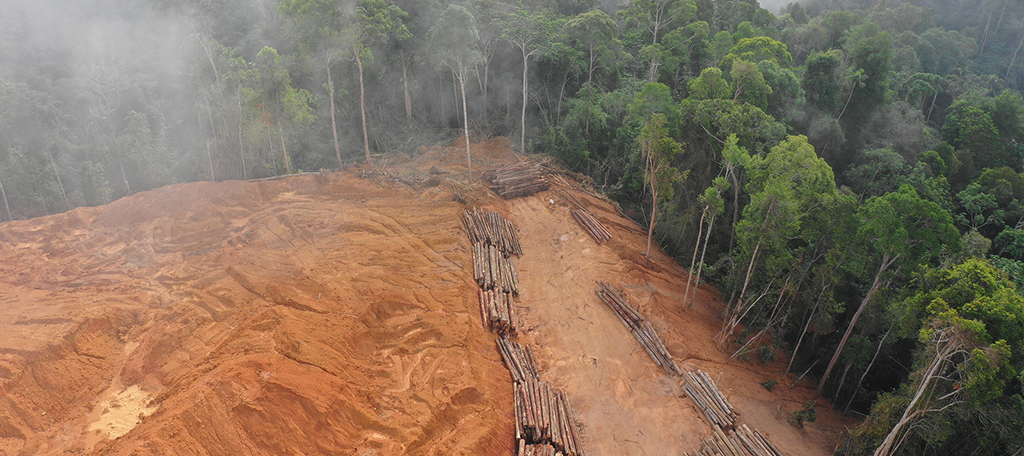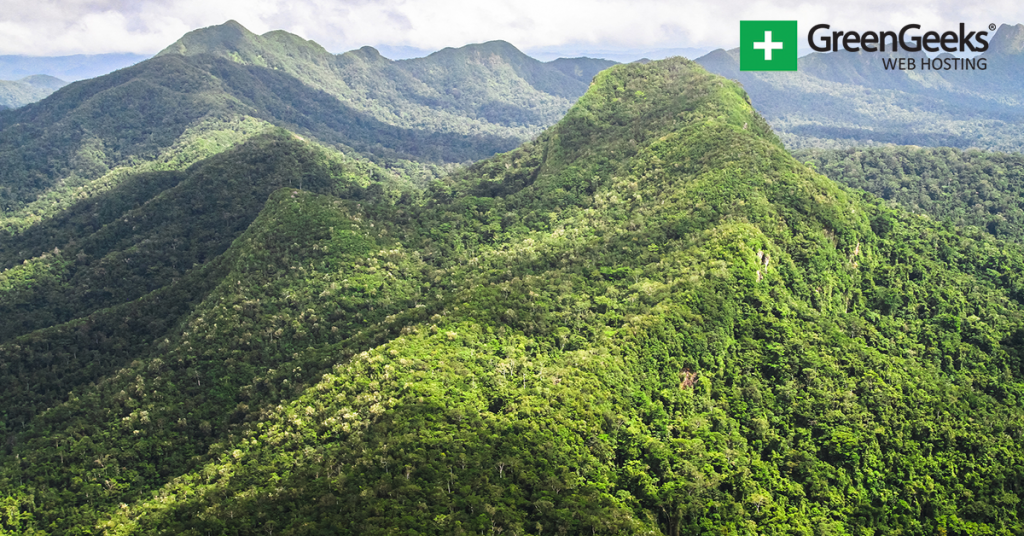The world lost 11.9 million hectares of tree cover in 2019, with 3.8 million hectares being primary tropical forest, according to the latest Global Forest Watch report. This is the equivalent of losing a soccer field of primary tropical forest every 6 seconds.
A primary forest is the most ecologically significant forest in the world. These can be thought of as forests in their “final form.” It takes years for them to reach this state, and are often referred to as a “climax community.”
Due to how long it can take for primary forests to form, the loss of them is a significant blow to environmental efforts.
Brazil Accounts for One-Third of Lost Primary Tropical Forest

By far the most significant deforestation event in 2019 was the Amazon Rainforest fire. According to the report, Brazil is responsible for 1,361,000 hectares of primary forest lost.
To put this into perspective, the next highest country is the DRC with 475,000 hectares.
Brazil has been the face of deforestation for years, and the problem is getting worse. And it has become even more problematic in 2020. The COVID-19 pandemic is making it easy for illegal loggers to act without interference.
In fact, deforestation in Brazil is up by 50% this year in comparison to 2019.
Deforestation Might Be Some Countries Answer to COVID-19 Recovery
Economic recovery is a major concern for countries as the world begins to reopen. However, how each country goes about it will be very different.
One growing fear is that some nations will use deforestation as a way to jumpstart their economies. This is mainly physical labor and can support a huge workforce. However, this would be an environmental disaster.
Instead, governments need to go in the complete opposite direction. And we can do this by pushing green technologies forward on the path to economic recovery.
Building wind turbines, installing solar panels, creating electric car charging stations, and other green projects are the real solutions.


